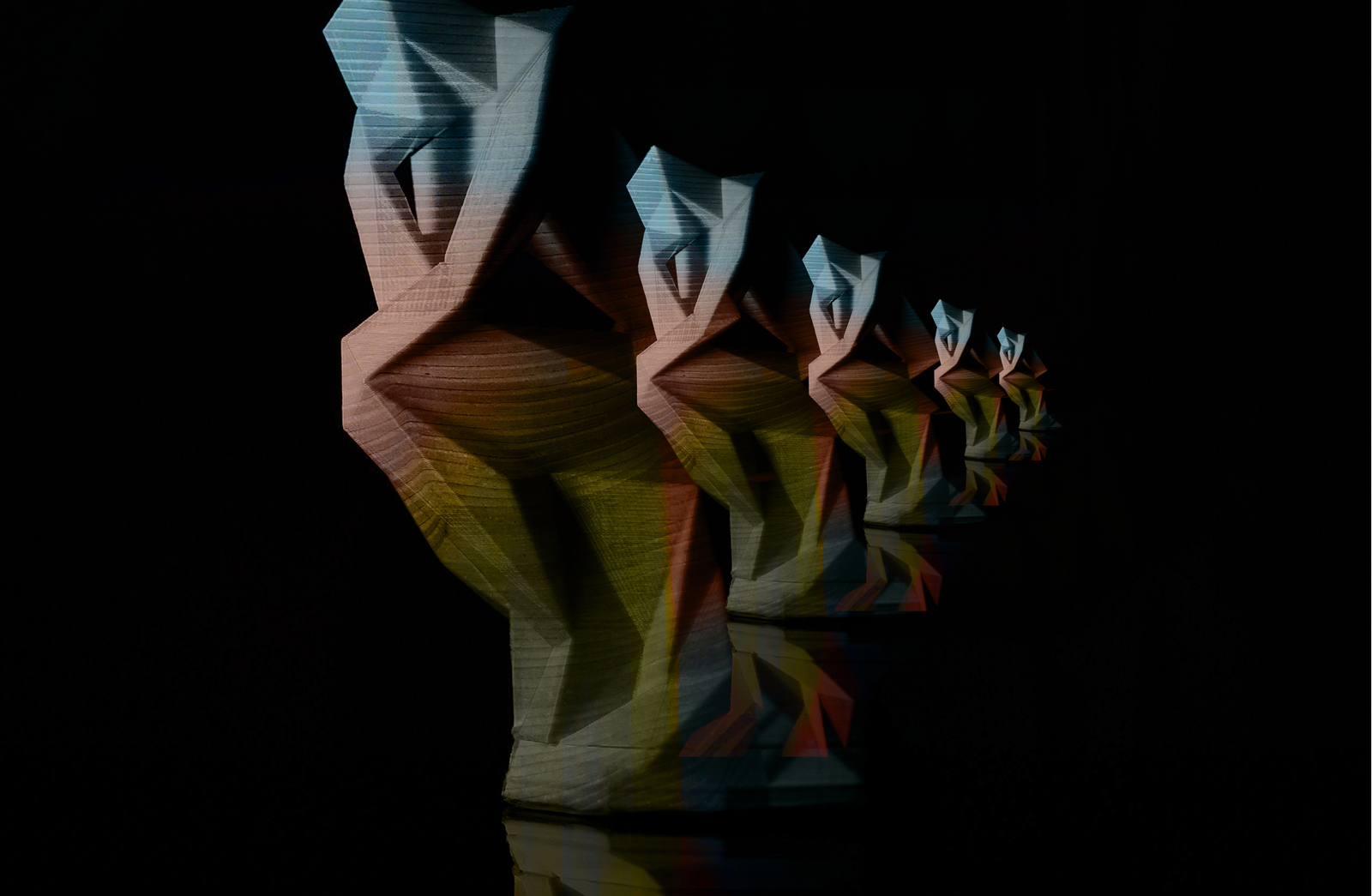The Value of a Bonhoeffer Biography At a Time Like This
Illustrated books are becoming a new genre for me. What they do is so unusual it is hard to explain. They combine art with the unique ability to distill large amounts of history, concepts, and sundry materials into an interesting, compelling, moving compilation, summarized into easy-to-grasp pages. Recently, I read Meg-John Barker’s Queer: A Graphic History. I’ve read thousands of pages of queer theory. But this book helped me distill key ideas with a depth that rang true to much of my painstaking reading, further deepening my understanding and offering a new way of communicating those ideas. The book made me a better teacher.
Some worry that illustrated books dilute the reading skills and shortcut the imagination of the reader, that they do too much of the work for you. But I don’t quite see it this way. It’s a different kind of reading; a graphic book, like a graphic novel, enables one to engage material on a whole other level. This is why I’d like to recommend John Hendrix’s illustrated biography of Dietrich Bonhoeffer entitled The Faithful Spy to you. Much like Barker’s Queer: A Graphic History, Hendrix makes every page a work of art, combining wonderfully descriptive prose, art, and illustrations along with historical detail to make Bonhoeffer’s story move dramatically, powerfully, and with such emotional depth. It’s not a graphic novel in the purist sense, but it reads like one.
Some worry that illustrated books dilute the reading skills and shortcut the imagination of the reader, that they do too much of the work for you. But I don’t quite see it this way. It’s a different kind of reading. Share on XDebunking Godwin’s Law
Before I go any further on Hendrix’s book, let me riff on an idea called Godwin’s Law. It’s a rule that has attained canonical status in the social media world as well as in everyday and academic discourse. Basically, it says that in a prolonged dialogue or argument, as soon as you compare anything to Hitler or the Nazis, you’ve been flippant, lazy, and excessive, and the argument ends, with the one using the Hitler analogy losing the argument.
I understand the reasons as to why this argument makes sense and came into being, but I reject it. Instead, when somebody carefully explains what part of Nazi/Hitler history he or she has studied and carefully shows how we can learn from it, Godwin’s Rule itself becomes an over-generalizing excessive argument. And this particularly applies to today, because I believe we are in perilous times. If we will but carefully study it, there is so much to learn from what went wrong with the German Christians, the rise of Hitler amidst a failing democracy, and the (confessing church) Christians who stood up to Hitler and yet still failed,
It is for this reason that these past years I have been reading with great interest the biographies (or historical accounts) of German theologians and the histories surrounding them. Here are some of my favorites:
- Robert Ericksen’s Theologians Under Hitler and Complicity in the Holocaust, where Ericksen delivers in excruciating detail how the theologians justified their allegiance with Hitler
- Martin Neimoller’s biography by Matthew Hockenos entitled Then They Came for Me
- Karl Barth’s great biography by Eberhard Busch
(These latter two are extraordinary, insightful reads into these two pastor theologians as they journeyed through Nazi Germany and World War 2.)
- Mission at Nuremberg: the story of a Lutheran chaplain tending to the Nazi war criminals as they were on trial at Nuremberg. It’s a stunning read about how Christians can become killers.
Assessing Bonhoeffer Biographies
So this brings me to Bonhoeffer and his extraordinary life, and why I’d like to alert you to John Hendrix’s The Faithful Spy. Amidst the failures of the German Christians and so many churches in the face of Hitler, Bonhoeffer stood above the rest as an example of resistance. What drove the man? How did he get to be this person? What gave him such resolve, such discernment, such courage?
I’ve read or skimmed many biographies of Bonhoeffer, including those by Bethge, Schlingensiepen, Charles Marsh, and yes, even Eric Metaxas (which for many reasons I suggest reading last if at all possible). I’ve read Thiessen-Nation’s Bonhoeffer the Assassin? which challenges some of the assumptions that Bonhoeffer participated in the assassination plot against Hitler. I’ve read Reggie Williams’s Bonhoeffer’s Black Jesus which focuses heavily on Bonhoeffer’s experience in Harlem and how it changed his life. You’ll get none of this kind of historical depth or analysis in Hendrix’s Faithful Spy. Hendrix has done his research, but he does at times make assumptions and takes speculative license in scripting the dialogue or painting the emotional states of Bonhoeffer in Tegel Prison or Flossenberg. He doesn’t buy into, or maybe he doesn’t even know of, the scholarly arguments over how much and with what level of ambivalence he participated in the plot to kill Hitler.
Nonetheless, this book puts a great deal of content together in such a compelling format that it helps one get a better sense of what Bonhoeffer was going through and how certain events may indeed have gone one way or another. The book does it in a way that gives the novice reader an entryway into everything I’ve just detailed above. And in the times we are living in, when we’re discerning how to be the church in the face of antagonistic, toxic Christian, nationalist politics, this is an extremely helpful exercise.
And in the times we are living in, when we’re discerning how to be the church in the face of antagonistic, toxic Christian, nationalist politics, this is an extremely helpful exercise. Share on XWhat this book will do for anyone who muses through it for a couple of hours is transport them back into the German world of the ’30s and ’40s and see some stunning parallels between those times and ours. It will present a life well-lived with enough historical detail (make sure to read the research and authenticity page) that will challenge Christians of all ilk to ask how we faithfully respond to the political challenges of hate, xenophobia, and white nationalism that we see exhibited around us. There’s a gravitas here in this graphic illustrated biography that served me well as I continue to live in a divided and hate-filled world. Read it slowly, muse over the art, and be challenged. And then give it to your teenager to read to and discuss. Not only will it help you sort out who we are to be in these political times as Christians, it will also help you process how the church has failed in the past, how it may be failing again, and how to be faithful to Jesus amidst it all.
I know this book isn’t perfect. It’s nowhere near the scholarship of the other biographies. But this book does something more. It gets you there quickly and grabs your imagination in the process. So by all means don’t miss reading those other biographies, but my bet is, this book won’t make you less interested in plowing further into Bonhoeffer scholarship. If anything, it’ll help to get you there faster.



